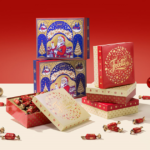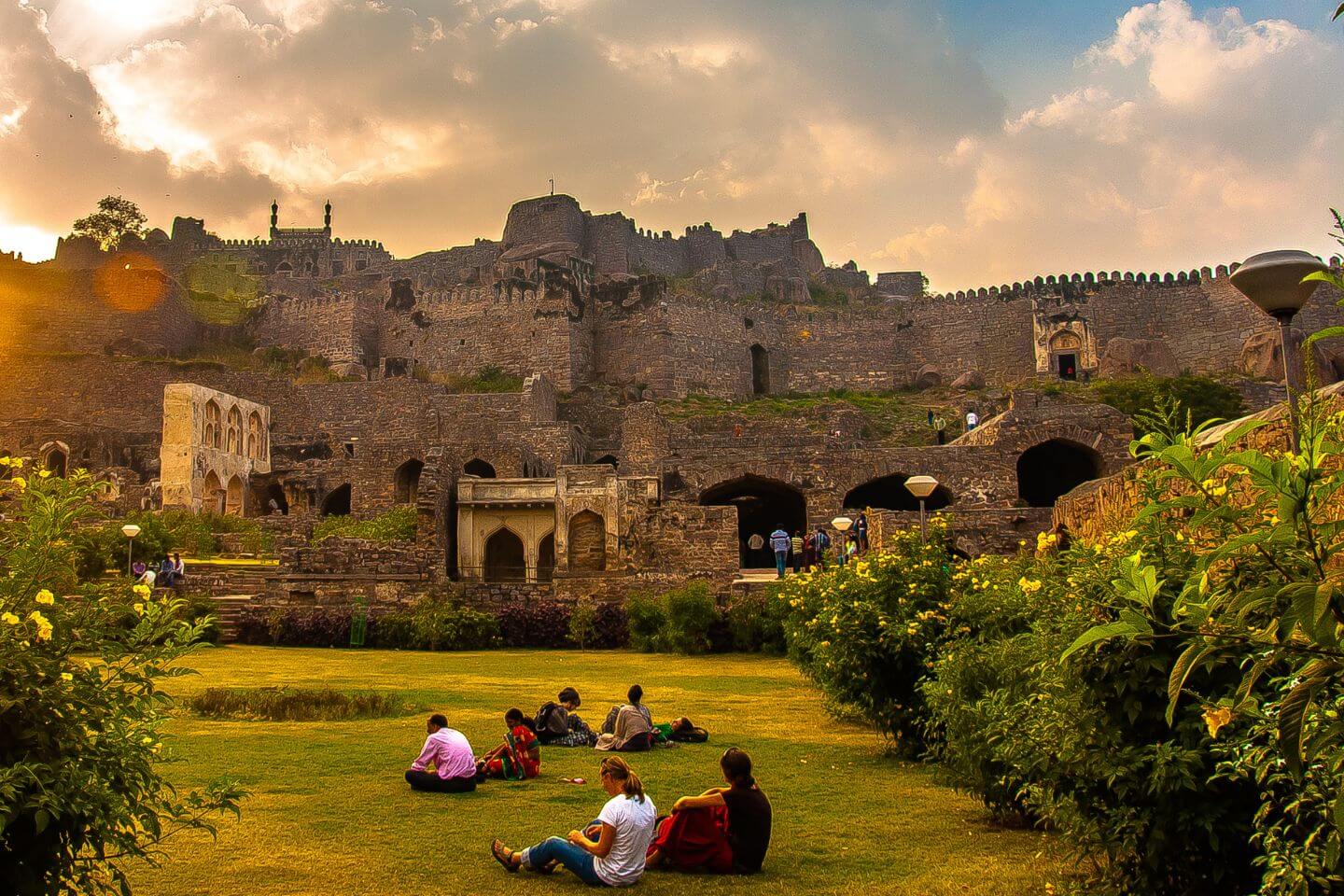Delft is a charming, historic city in the province of South Holland, renowned for its artistic legacy, medieval architecture, and tranquil canals. Nestled between The Hague and Rotterdam, Delft in Holland is often referred to as “Little Amsterdam” due to its picturesque canals, gabled houses, and rich cultural heritage. However, Delft has its own unique identity, shaped by its association with Dutch royalty, world-famous ceramics, and its role as the birthplace of the Dutch master painter Johannes Vermeer.
Visitors to Delft in Holland are captivated by its blend of historic charm and modern vitality, with a cityscape dominated by beautiful old churches, narrow streets, and vibrant markets. Delft in Holland offers a slower pace of life compared to the larger cities, making it an ideal destination for those looking to explore Dutch history and culture in a more intimate setting.
A Rich Historical Legacy
Delft’s history dates back to the 11th century, when it was founded as a settlement along the River Schie. Its strategic location allowed it to grow into an important trading hub during the Middle Ages, and it was granted city rights in 1246. Over the centuries, Delft played a key role in Dutch history, particularly during the Dutch Golden Age of the 17th century, when it became a center of art, science, and trade.
One of the most significant moments in Delft’s history came in 1584, when William of Orange, the leader of the Dutch revolt against Spanish rule, was assassinated in the city. William’s death cemented Delft’s role as a royal city, and he was buried in the Nieuwe Kerk (New Church), where members of the Dutch royal family are still interred today. His assassination also marked a turning point in Dutch history, leading to the independence of the Netherlands and the establishment of the Dutch Republic.
Today, Delft’s connection to the Dutch royal family is a point of pride for the city. The royal ties are still visible, particularly in the Nieuwe Kerk, which stands as a symbol of Dutch freedom and national pride.
The Iconic Nieuwe Kerk and Oude Kerk
The two most iconic landmarks in Delft are the Nieuwe Kerk (New Church) and the Oude Kerk (Old Church), both of which dominate the city’s skyline with their towering spires.
- Nieuwe Kerk: Located on Delft’s central market square, the Nieuwe Kerk is one of the most important churches in the Netherlands. Its 108-meter-high tower offers stunning views of the city and surrounding countryside, and climbing to the top is a must for visitors seeking panoramic vistas. The church’s interior is equally impressive, with beautiful stained glass windows and the grand tomb of William of Orange, a key figure in Dutch history. The burial vaults of the Dutch royal family are located beneath the church, making it a place of great national significance.
- Oude Kerk: Just a short walk from the Nieuwe Kerk is the Oude Kerk, also known as the “Old John” because of its leaning tower. This medieval church dates back to the 13th century and is notable for its stunning Gothic architecture. The church’s interior houses the tombs of several prominent Dutch figures, including the painter Johannes Vermeer and the inventor of the microscope, Antonie van Leeuwenhoek. The Oude Kerk is a peaceful, atmospheric place that invites quiet reflection and admiration of its historic beauty.
Delft Blue: The City’s Famous Ceramics
One of the most enduring symbols of Delft is its world-famous blue and white pottery, known as Delftware or Delft Blue. This distinctive ceramic style originated in the 17th century, inspired by Chinese porcelain imported by the Dutch East India Company. Delft artisans began producing their own blue and white pottery as an affordable alternative to Chinese porcelain, and it quickly became popular throughout Europe.
Delftware is still produced today using traditional methods, and visitors can explore the city’s rich ceramic heritage at the Royal Delft Factory, which has been producing hand-painted pottery since 1653. The factory offers guided tours that showcase the meticulous process of creating Delftware, from molding the clay to painting intricate designs by hand. The factory also houses a museum where visitors can see historic pieces of Delft Blue, including large vases, plates, and tiles that showcase the craftsmanship of Delft’s artisans.
In addition to the Royal Delft Factory, the Delftware Museum offers a deeper look into the history and cultural significance of this famous pottery. For collectors and enthusiasts, Delft’s many shops sell authentic Delftware, ranging from traditional designs to modern interpretations.
Johannes Vermeer: Delft’s Most Famous Son
Johannes Vermeer, one of the most celebrated painters of the Dutch Golden Age, was born and lived in Delft for his entire life. Although he was relatively unknown during his lifetime, Vermeer is now regarded as a master of light and composition, known for his intimate domestic scenes that capture the quiet beauty of everyday life.
Visitors to Delft can follow in Vermeer’s footsteps by visiting the Vermeer Centrum Delft, a museum dedicated to the life and work of the artist. While none of Vermeer’s original paintings are housed in Delft, the museum offers an immersive experience, with reproductions of his most famous works and insights into his artistic techniques. Visitors can learn about Vermeer’s use of light, perspective, and color, and gain a deeper appreciation for his meticulous attention to detail.
Walking through the streets of Delft, it’s easy to imagine the world Vermeer depicted in his paintings. Many of the city’s historic buildings and canals remain unchanged since the 17th century, offering a sense of continuity with the past.
Exploring Delft’s Canals and Market Square
Like many Dutch cities, Delft is built around a network of canals that add to its charm and character. The canals are lined with centuries-old buildings, their reflections shimmering in the water, creating a postcard-perfect scene. Exploring Delft by foot or by boat offers a relaxing way to take in the city’s beauty, with picturesque bridges, narrow streets, and hidden courtyards waiting to be discovered.
The heart of Delft is its Market Square, one of the largest public squares in the Netherlands. Surrounded by historic buildings, including the Town Hall and the Nieuwe Kerk, the square is a vibrant hub of activity. On market days, the square comes alive with stalls selling fresh produce, flowers, cheese, and local crafts, offering a taste of Dutch life. The market has been a central feature of Delft for centuries, and its lively atmosphere remains a highlight for visitors.
The Prinsenhof Museum
For those interested in Dutch history, the Museum Prinsenhof Delft is a must-visit. Housed in a former monastery, the museum tells the story of Delft’s role in the Dutch revolt against Spanish rule, focusing on the life and legacy of William of Orange. The museum is particularly significant because it was here that William was assassinated in 1584, a moment that changed the course of Dutch history.
The museum’s exhibits cover a wide range of topics, from Delft’s political and cultural history to its artistic achievements. Visitors can see the actual bullet holes in the wall from William’s assassination, as well as a collection of art, ceramics, and historical artifacts that bring Delft’s past to life.
The Technical University and Modern Delft
While Delft is steeped in history, it is also a thriving modern city with a strong focus on innovation and technology. The Delft University of Technology (TU Delft) is one of the leading technical universities in the world, and its presence brings a youthful energy to the city. The university’s cutting-edge research in fields such as engineering, architecture, and sustainability has helped position Delft as a hub of innovation.
Visitors interested in modern architecture can explore the university’s campus, which features striking contemporary buildings designed by renowned architects. The blend of old and new in Delft creates a dynamic contrast, with the historic city center just a short distance from the modern university campus.






